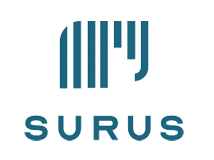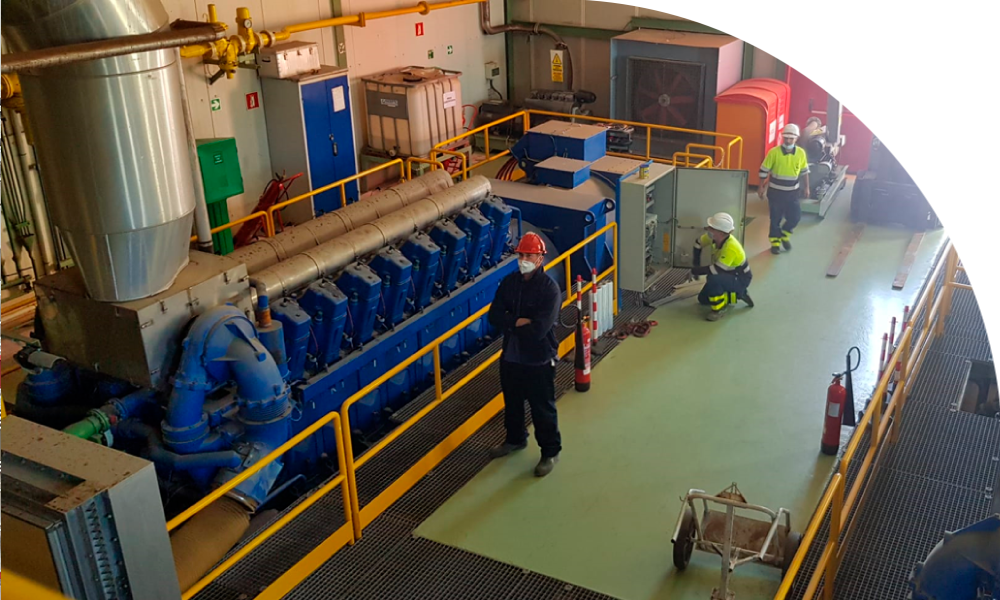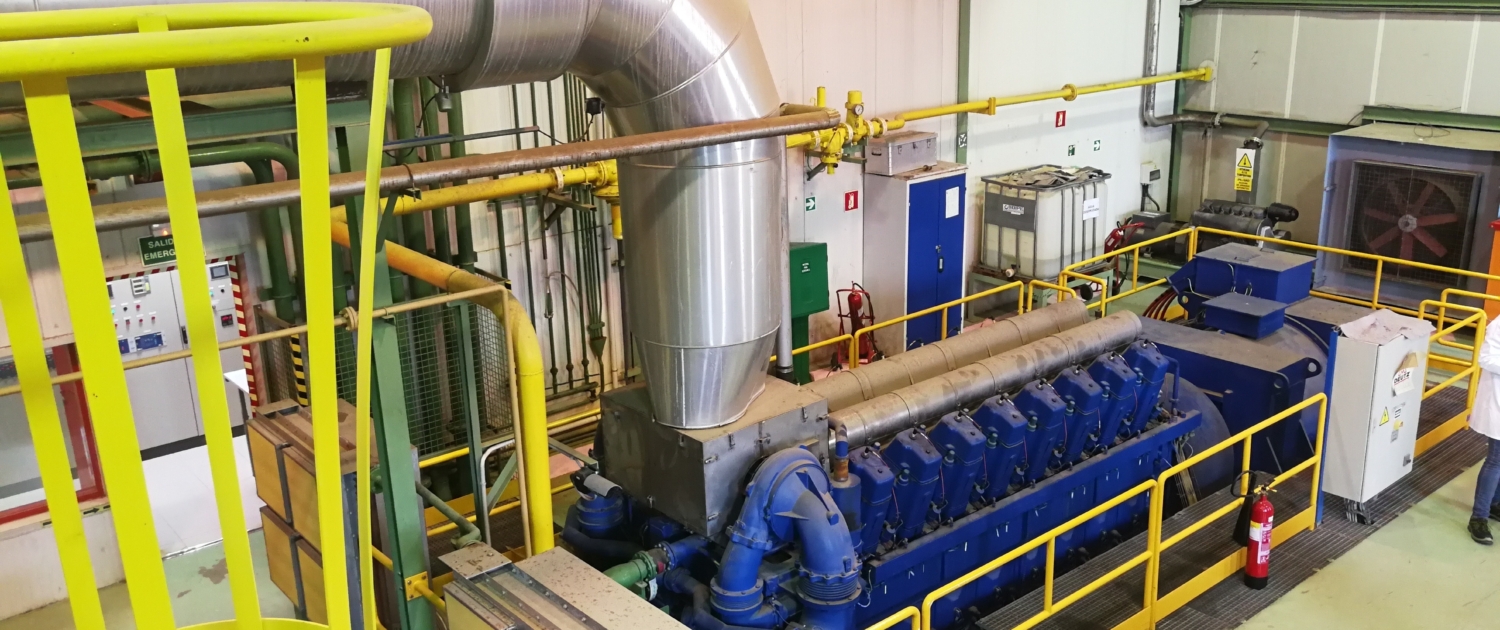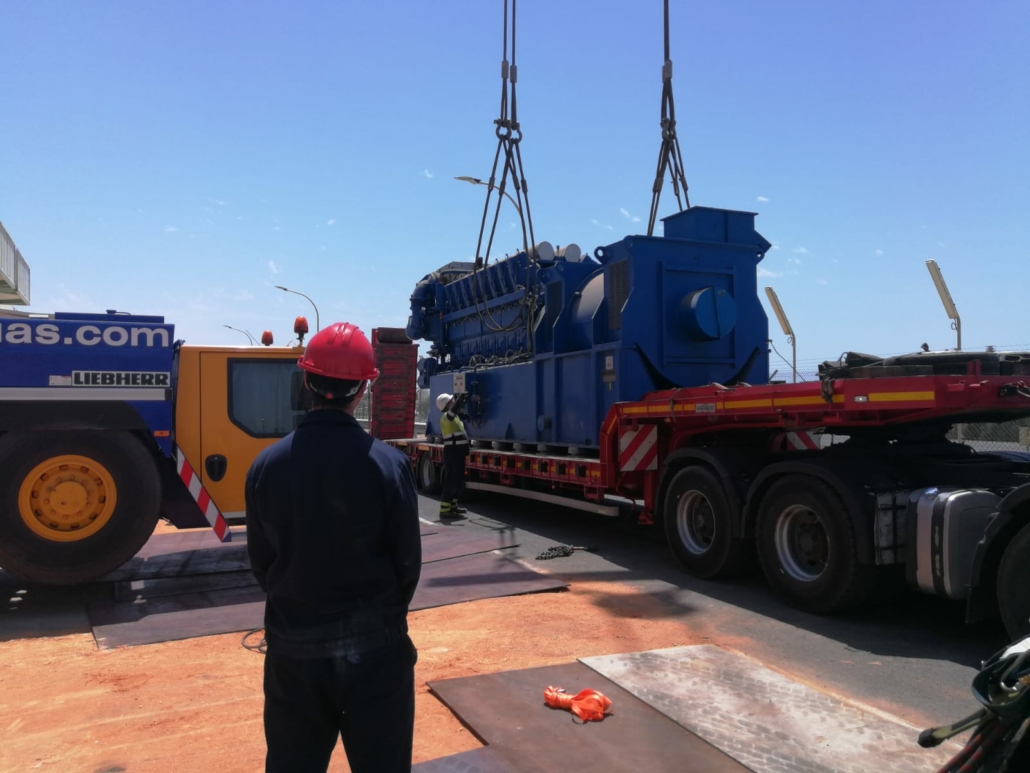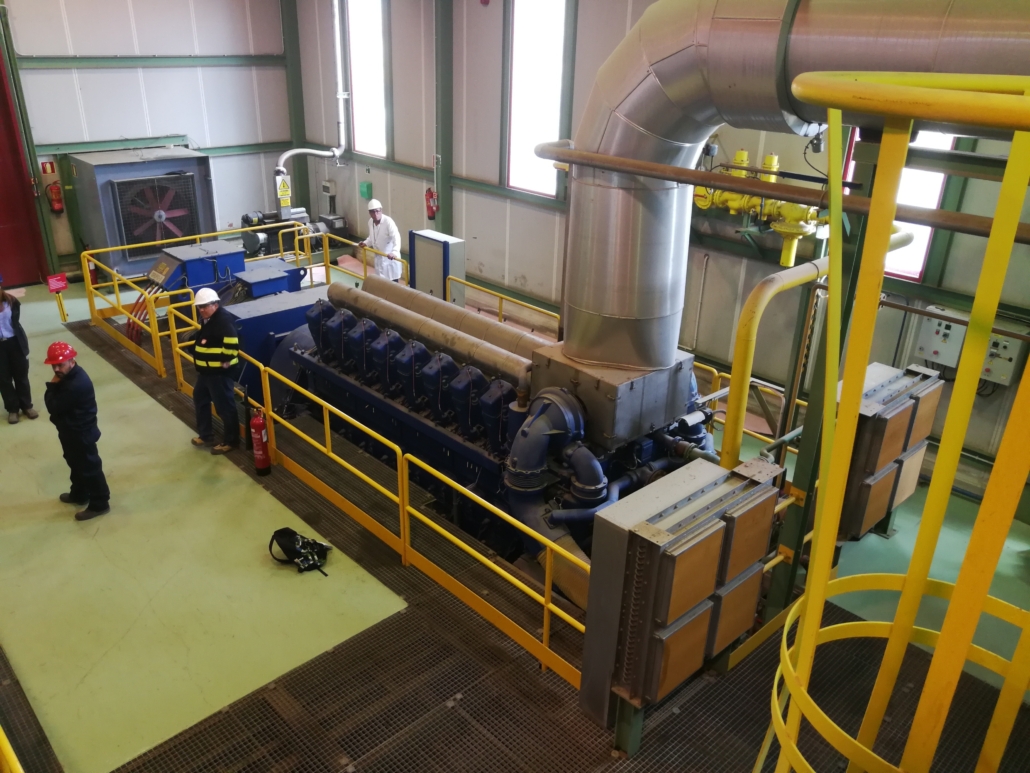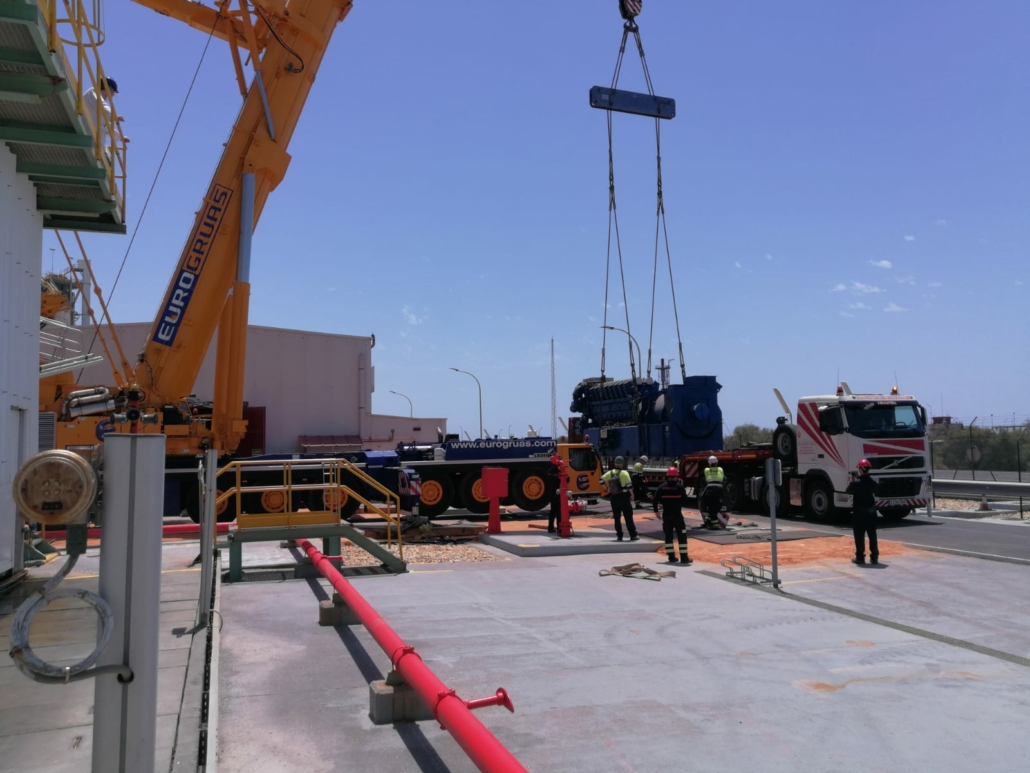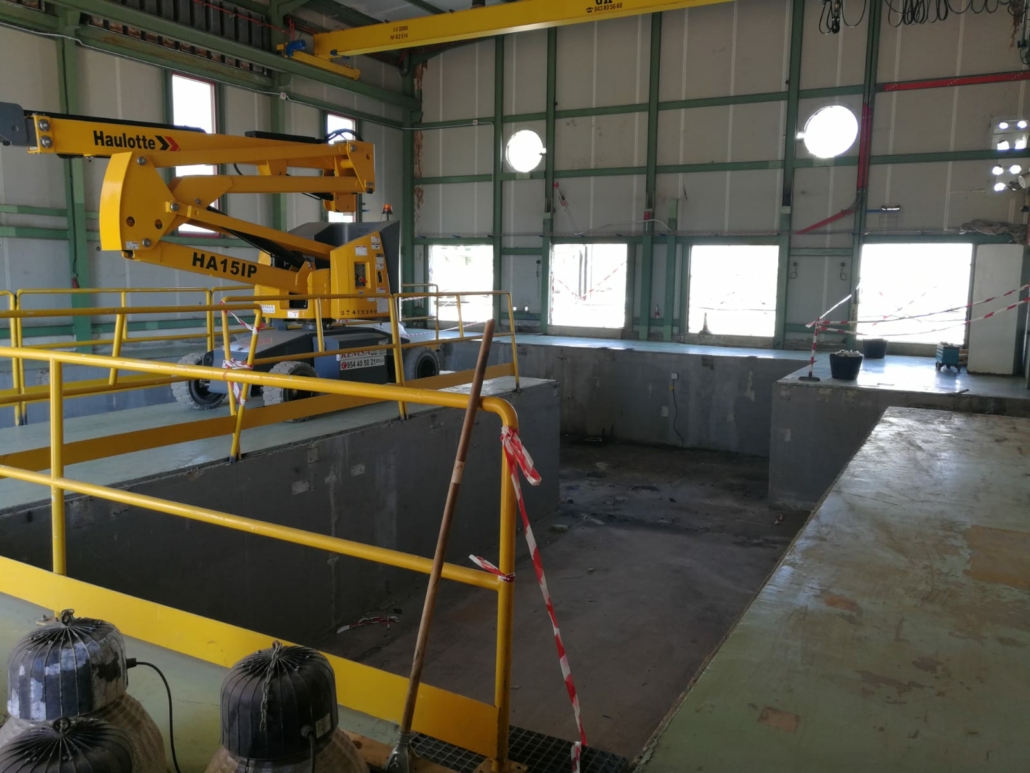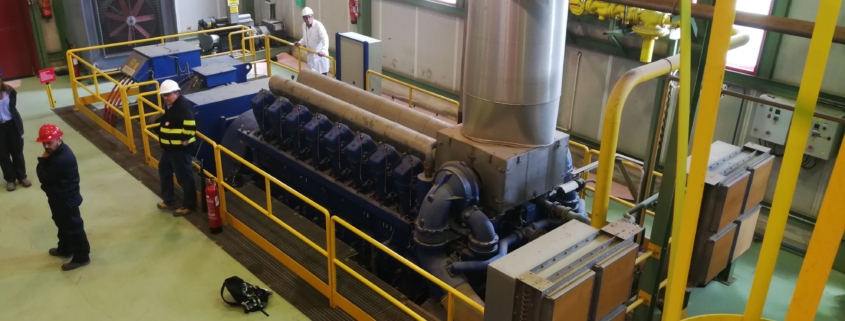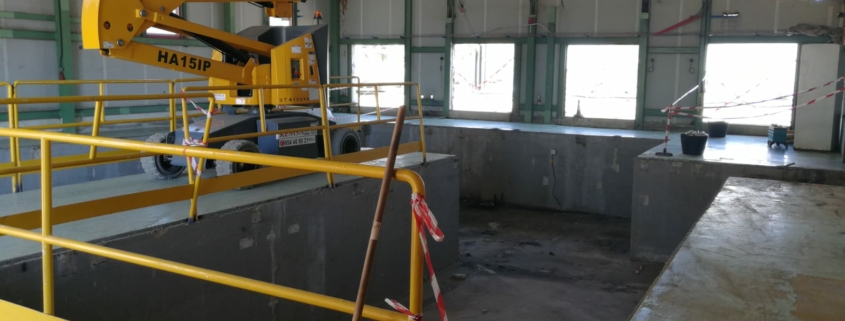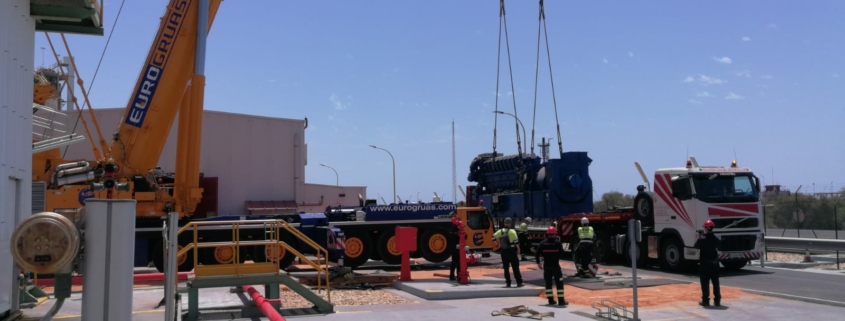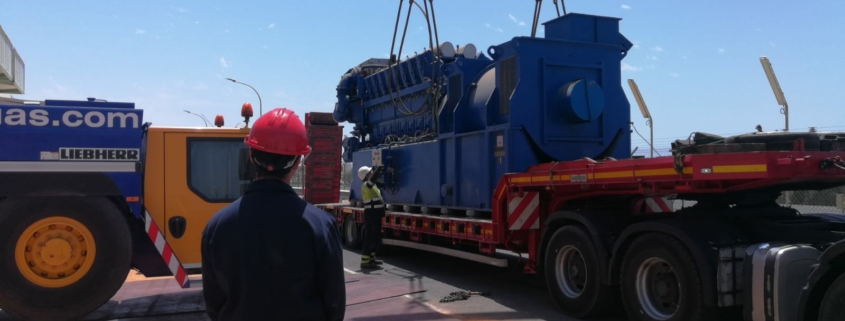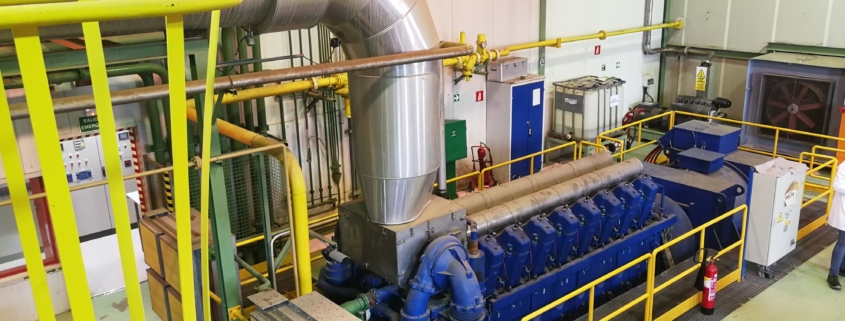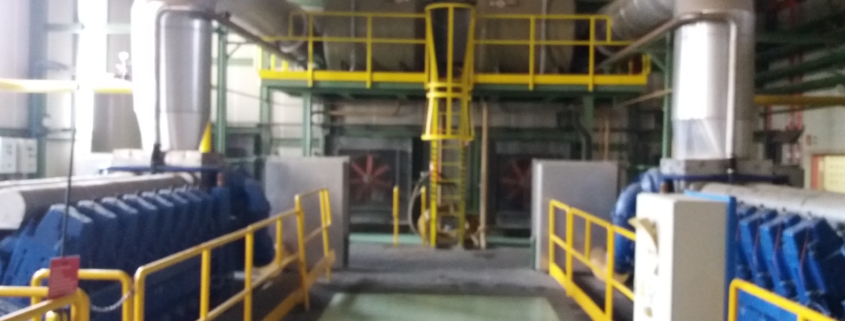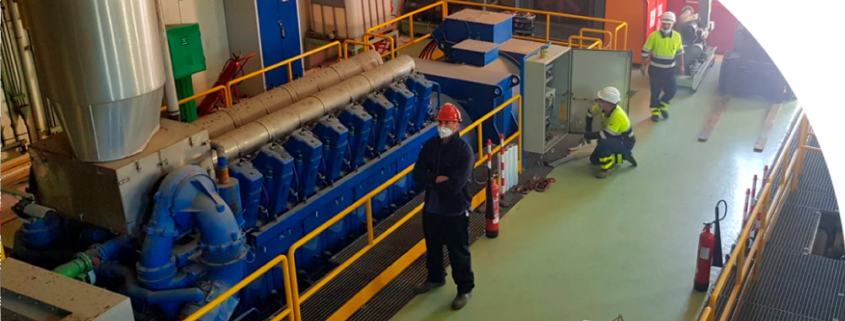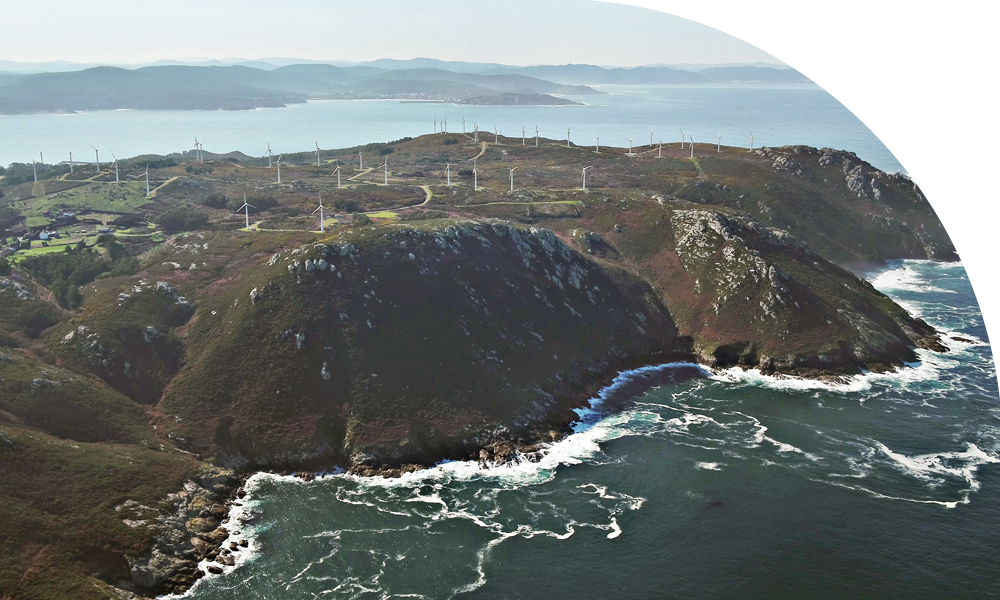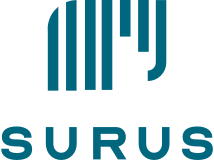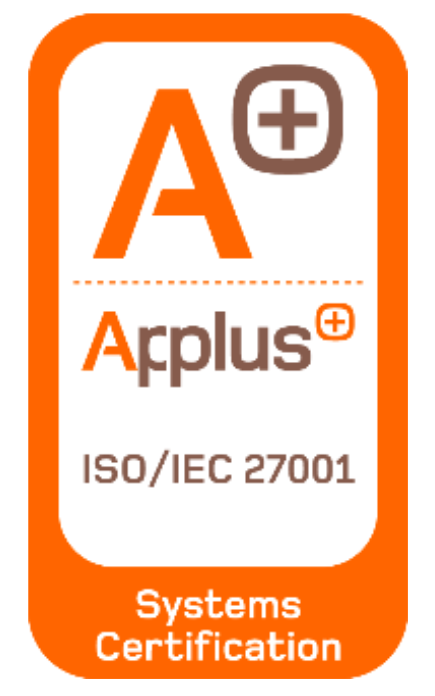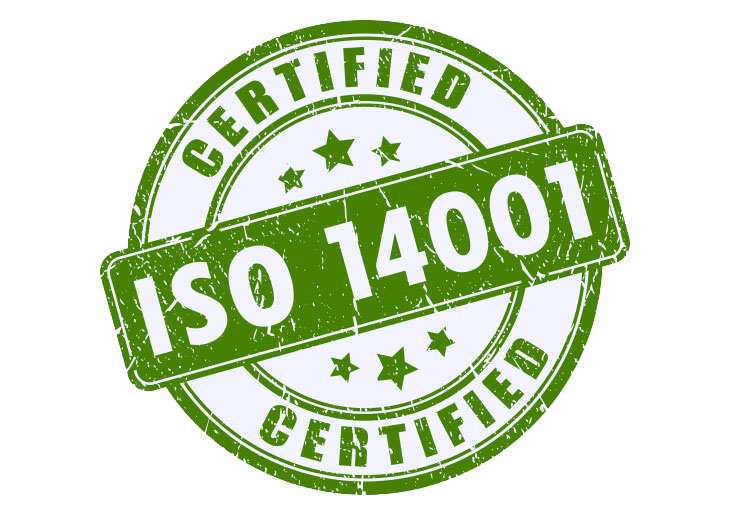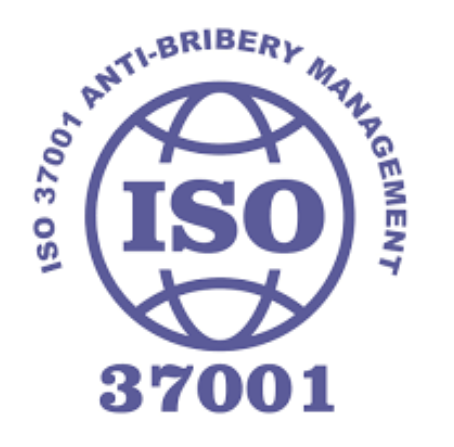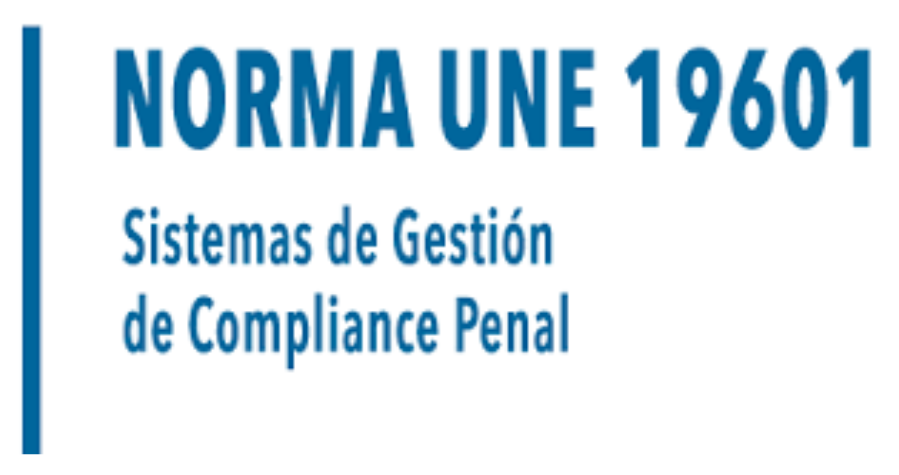CATEGORY / SUBCATEGORY
Power
The project itself was based on the sale and dismantling of a 6 KV emergency power generation brand manufactured by DEUTZ (DEUTZ generators and engine groups). The premises had two 4500 KVA power generators with a voltage of 6000 volts. They run on natural gas engines. The premises also had auxiliary systems for start-up, lubrication, cooling, monitoring and drainage.
SURUS challenge
The great challenge for SURUS in this project was carrying out the sale of such a specialized plant, with its own special features. This issue dramatically reduced the number of potential buyers. On top of that, the client had some goals to achieve:
- Removal of out-of-use plant. The plant was installed in 1999 as preparation for the “YK2 problem”. The goal was to use it as an emergency plant to prevent a power outage. Since then, the client had only started-up the plant for maintenance purposes, but it was never used for its intended purposes. The client therefore decided there was no need to keep the plant and wanted it to be managed.
- Circular management models. The client is a big player in the power generation industry and has always bet high on sustainability and the protection of the environment, therefore they aimed for a circular project. Surus’ circular model fit perfectly into the concept that the client was looking for.
- Minimum cost of the project. Thanks to Surus model, the project guaranteed the minimum possible cost for the client. Not only that, but it even generated a profit that could be used to cover associated costs (project engineers, safety coordination, project documentation, etc.)
- LFree space. One of the biggest reasons for the client to go ahead with the sale of the plant was to reuse the occupied space for a new project they were planning for the near future. After the sale and dismantling of the plant, the free space was used to install new equipment to monitor and control some elements of the plant.
A circular solution.
Surus managed the specialized sale of the plant through the auction portal Escrapalia.com and dismantled the equipment in order to deliver it to the final buyer, who would in turn reemploy it.
PROCESS
1. Marketing and sale of the plant
In order to manage the online auction, several processes were carried out at the beginning such as data collection. Surus’ technical specialists visited the still active plant in person in order to take pictures to show at the website, as well as any other layouts or technical information. This information was used to create the lots that would be sold later in the auction. Once the auction was ready, the marketing department deployed several campaigns in order to obtain the best possible results. All these campaigns and marketing actions were aimed to previously-identified potential buyers. Once the target industry was identified, a roadmap was established in order to plan for the marketing campaigns. Many interested people were contacted through these campaigns and several visit days were established in order for these potential buyers to verify in person the condition and features of the plant. After these visits, the number of potential buyers increased dramatically, which in turn generated very good results. The sale reached more than 100 000 € (between the bid and the dismantling cost).
2. Dismantling for reemployment
The other challenge of this project was the dismantling of the plant once it was sold. The client decided to request the necessary permits and projects so the technical specialists at Surus could develop the Health and Safety plan. Additional process plans were developed for each phase of the full dismantling, as was required by the client. Once all documents were sorted (which was no small task considering they were related to a gas power plant), the dismantling process was carried out by a specialized company. In the first phase, the auxiliary equipment was manually dismantled. Once the space was freed up, the rest of elements and pieces of equipment were dismantled as well. During this process, the removal of engines stand out. They weighted 50 tons and had to be extracted from their location through the roof, which in turn required a partial dismantling of the roof. Furthermore, a special 500 tn crane had to be brought to the facilities in order to lift the engines. Finally, in order for the crane to access the lifting area without damaging the ground pipes, the area had to be reconditioned using compact gravel and iron planks.

 CHARITY AUCTIONS, GOING THE EXTRA MILE WHEN IT’S NEEDED THE MOST
CHARITY AUCTIONS, GOING THE EXTRA MILE WHEN IT’S NEEDED THE MOST 